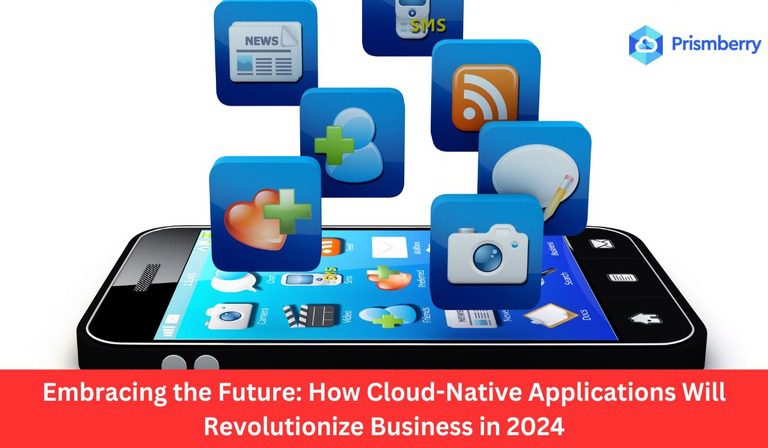Evaluation of distributed applications wouldn’t be possible without microservices. The microservice architecture enables application developers to build scalable applications on top of the cloud environment.
What is a microservice?
According to Google Cloud-
A single service that’s built to accommodate an application feature. In the microservices pattern, the application is the aggregate of multiple services, each having a specific goal. For example, you might have a service that handles the shopping cart for your customers, another one for handling the payment service, and another one for interfacing with a backend application for stock. Those microservices should be loosely coupled and they should interface with each other through well-defined APIs. They can be written in different languages and frameworks, and they can have different life cycles.
Source- Google Cloud
Why microservices-based application architecture?
Inherently microservices are smaller pieces of code that can work independently and communicate with other microservices using well-defined interfaces known as APIs. The microservice architecture along with APIs is key to building today’s cloud applications. Few benefits such architecture provides but not limited to
- Quick to market with the short development cycle
- Highly scalable and elastic
- Resilient as services are not mutually correlated
- Easy to deploy and maintain because of its modular architecture
- Highly accessible and agile among teams and processes
- Compatible with different languages and technologies because of polyglot APIs
- Easy to secure
In today’s environment where distributed teams are a reality rather than an approach, such architecture helps organizations build solutions at ease. As each microservice is independent of other microservices that communicate with well defined APIs, it can be developed by a totally separate team. But while doing so communication is key to ensure the right definition of APIs and data format for interoperability.
In addition, microservice architecture has many other challenges:
- Identification of dependencies among services takes time
- Integration testing and end-to-end testing can be difficult
- Updation of services may compromise backward compatibility and resolving that is much complex
- Require a lot of automation in initial phases of development
- Logging and monitoring is essential to manage and optimize services
Ask the experts how you can take your cloud app to next level
Prismberry has the necessary skills and processes to help our partners develop scalable cloud-based applications based on a microservices architecture. We bring in years of experience building multi-cloud applications, using the right tools and technologies, and building essential monitoring and logging inherently to ensure scalable and maintainable applications.
To know more learn more reach us at [email protected]




